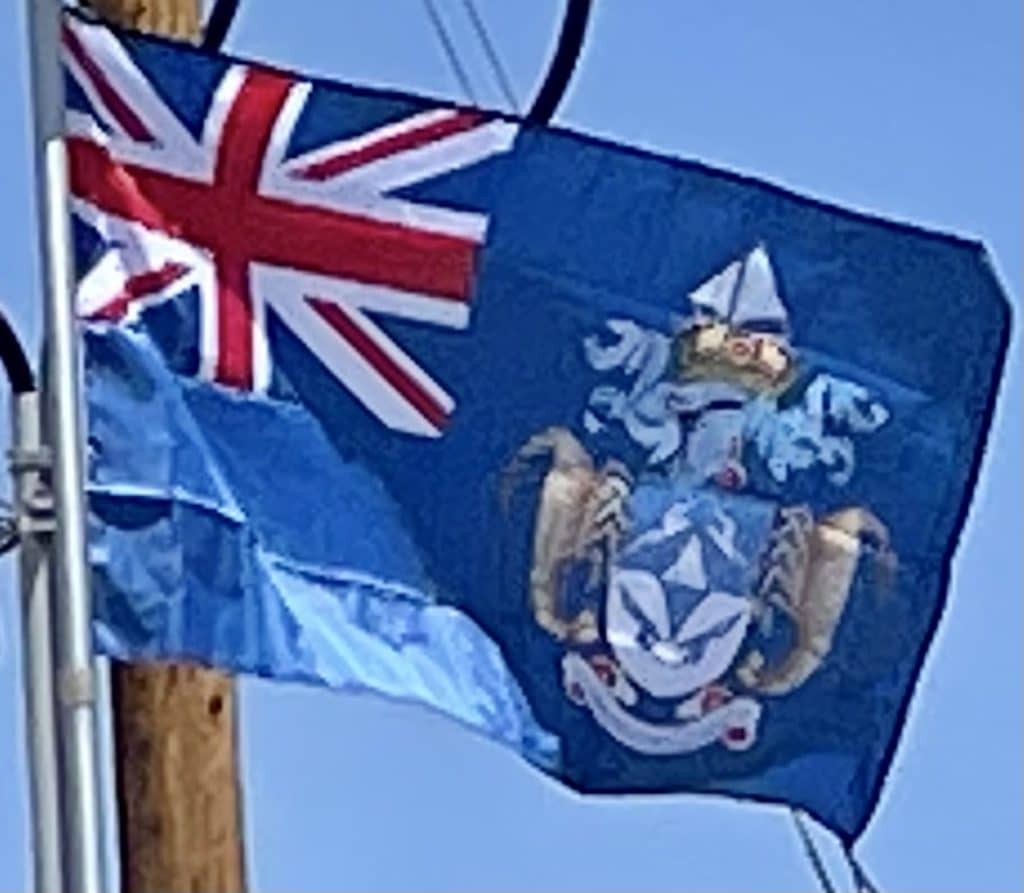
Tristan da Cunha

Economy:
The island has a unique social and economic structure in which all resident families farm and all land is communally owned. Outsiders are prohibited from buying land or settling on Tristan. Besides subsistence agriculture, major industries are commercial fishing and government. Major export industries are the Tristan rock lobster (Jasus) fishery, the sale of the island’s postage stamps and coins, and limited tourism. Like most British Overseas Territories, it was never a part of the European Union, but was a member of the EU’s Overseas Countries and Territories Association.


The remote location of the islands makes transport to the outside world difficult. Tristan da Cunha has no airstrip and is not generally accessible to air travel, though the wider territory is served by Saint Helena Airport and RAF Ascension Island. Fishing boats from South Africa service the islands eight or nine times per year.
The RMS Saint Helena used to connect the main island to St Helena and South Africa once each year during its January voyage, but has done so only a few times in the last years, in 2006, in 2011, and most recently in 2018. In the same year the RMS St. Helena was withdrawn from service. Three ships regularly service Tristan da Cunha, with typically fewer than a dozen visits a year. Other vessels may occasionally visit the island. The harbor at Edinburgh of the Seven Seas is called Calshot Harbour, named after the place in Hampshire, England where the islanders temporarily stayed during the volcanic eruption.
Flag of Tristan da Cunha:
The flag of Tristan da Cunha was adopted on October 20, 2002, in a proclamation made by the Governor of Saint Helena under a Royal Warrant granted by Queen Elizabeth II. Prior to this, as a dependency of Saint Helena, Tristan da Cunha used the flag of Saint Helena for official purposes.

